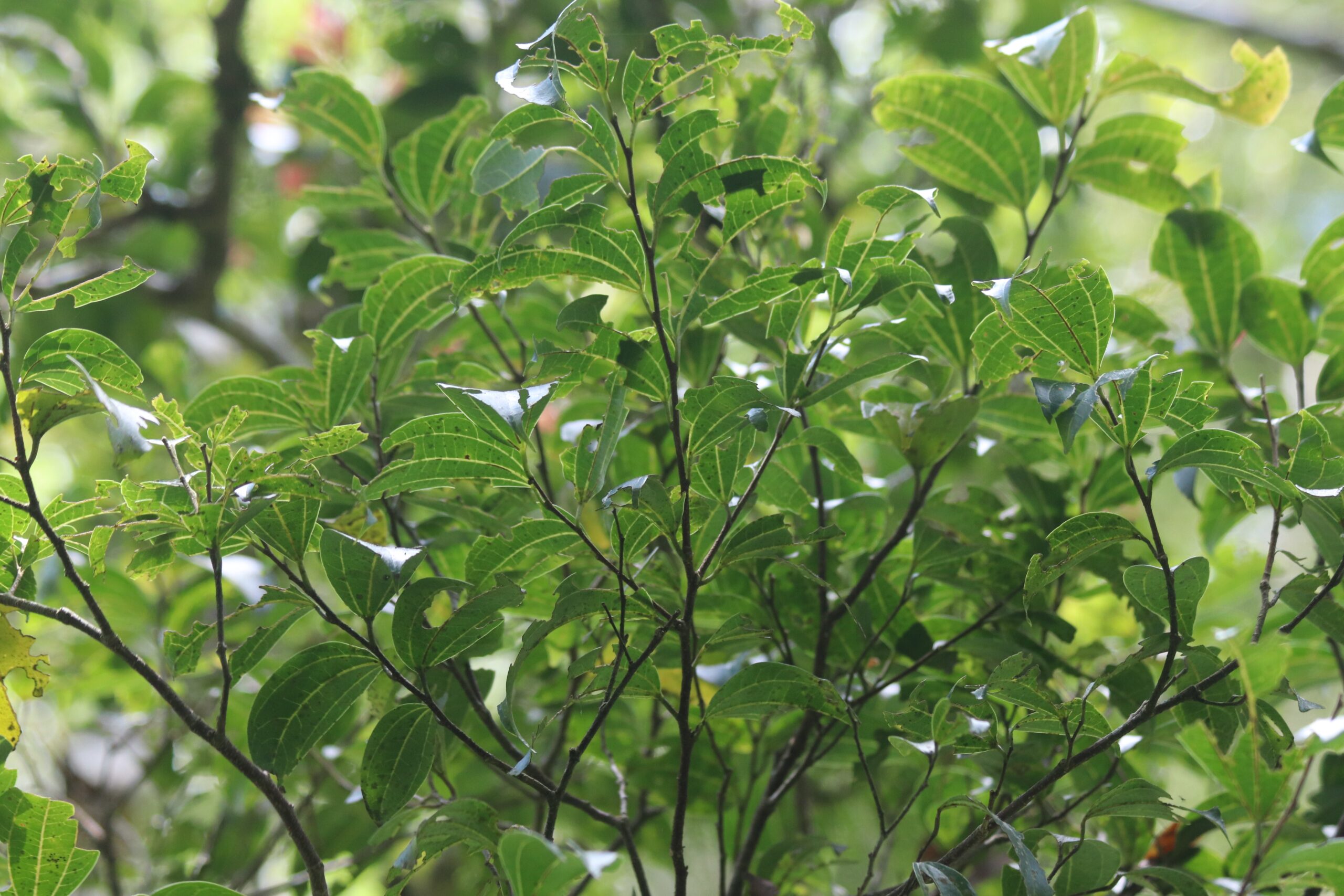Celtis timorensis, commonly known as stinkwood or gurenda, is a flowering tree belonging to the Cannabaceae family. It is native to tropical Asia and is recognized for its medicinal properties, particularly in traditional medicine practices.
Antioxidant Activity
Celtis timorensis leaves are rich in bioactive compounds, including flavonoids and phenolic acids, which exhibit strong antioxidant properties. These compounds help neutralize free radicals, reducing oxidative stress and the risk of chronic diseases.
2. Antibacterial Properties
Research has shown that extracts from the leaves possess significant antibacterial activity against various pathogens, including Staphylococcus aureus and E. coli. This makes the leaves a valuable resource in combating bacterial infections.
3. Traditional Medicinal Uses
In traditional medicine, particularly in regions like Sri Lanka and India, Celtis timorensis leaves are used to treat a range of ailments:
- Dysentery: The leaves are employed for their potential to alleviate gastrointestinal issues.
- Jaundice: They are traditionally used to support liver health.
- Memory Enhancement: Some local tribes use the leaves for cognitive benefits.
- Toothache Relief: The leaves are also applied in remedies for dental pain.
4. Anti-inflammatory Effects
The anti-inflammatory properties of Celtis timorensis leaves can help reduce inflammation in various conditions. They provide relief from symptoms associated with inflammatory diseases.
5. Nutritional Value
The leaves contain essential vitamins and minerals that contribute to overall health, supporting various bodily functions
| Treatment for: | Syphilis Chickenpox Measles |
.
Conclusion
Celtis timorensis is not just a unique addition to tropical landscapes but also a plant with significant health benefits. Its leaves are utilized in traditional medicine for their antioxidant, antibacterial, and anti-inflammatory properties, maki




